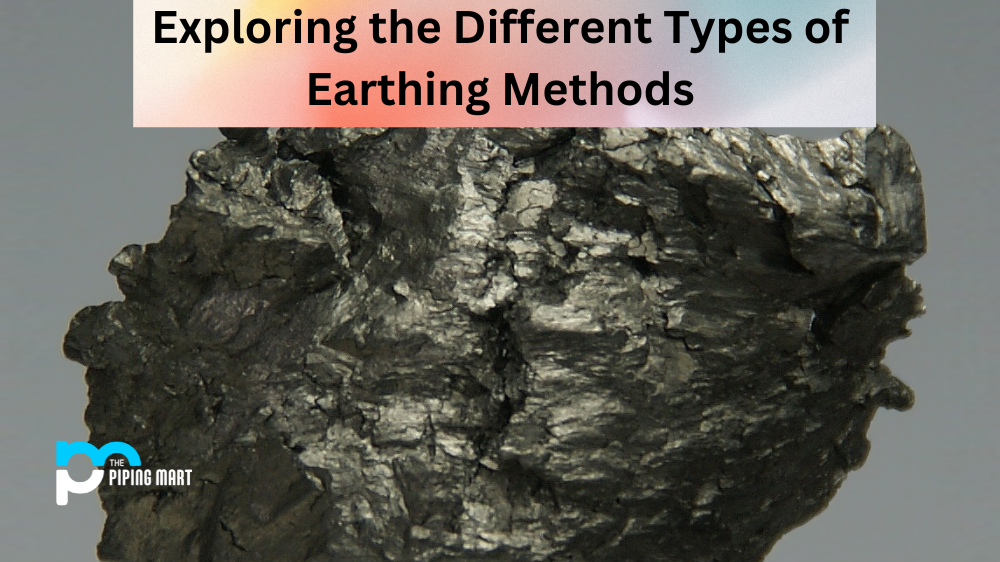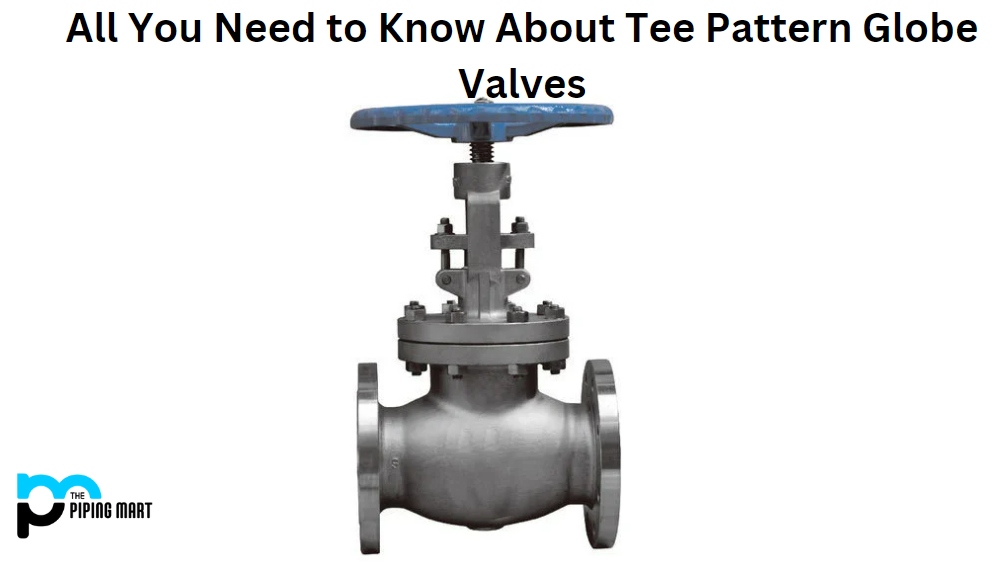When it comes to cleaning and restoring surfaces, blasting is a technique that is often utilized. But choosing which method to use can be confusing with different blasting ways available. Two of the most common blasting methods are sandblasting and abrasive blasting. While the terms are often used interchangeably, their differences make one more suitable than the other for specific applications. In this article, we’ll compare sandblasting vs abrasive blasting to help you choose the best technique for your need.
What is Sandblasting?
Sandblasting is a process in which sand removes paint or rust from a surface. Sandblasting is typically done with a high-pressure air compressor and can be dangerous if not done correctly.
What is Abrasive Blasting?
Abrasive blasting is when an abrasive material, such as sand, removes paint or rust from a surface. Abrasive blasting can be done with various materials, including sand, glass beads, and steel shot.
Difference Between Sandblasting and Abrasive Blasting
Method
Sandblasting is a method that uses sand to blast a surface using high pressure. The sand particles are picked and expelled through a nozzle and aimed at the surface to be cleaned. Abrasive blasting, on the other hand, uses abrasive materials such as steel grit or shot, aluminium oxide, or glass beads, which are propelled at high speed to remove contaminants.
Surface Damage
Sandblasting can harm sensitive surfaces like wood and thin metals that can be easily corroded, creating severe surface damage and distortion. On the contrary, Abrasive blasting uses softer materials that will not cause unwanted surface distortions or damage. It can be used for metal surfaces and sensitive materials like wood and masonry.
Cost
The cost of sandblasting depends on the amount of sand used for the project. It’s also not environmentally friendly, posing a health risk to workers and adjacent residents. On the other hand, abrasive blasting is cost-effective because abrasive materials can be reused numerous times. It is also an eco-friendly alternative that offers no toxicity and is safer to work with.
Application
Sandblasting is ideal for heavy-duty cleaning that requires strong abrasive power, such as removing paint and rust from hard metal surfaces. While abrasive blasting aims at clean surface finishes, making it the better option for surfaces with deburring requirements and for thoroughly cleansing complicated contours.
Efficiency
Compared to sandblasting, abrasive blasting produces cleaners and fines. It can have a more polished and smoother surface finish, so it delivers a less jagged and coarse final product. In the long run, abrasive blasting provides a more extended service life to cleaned materials as it removes rust, debris, and other wear and tear.
Advantages of Sandblasting
One of the advantages of sandblasting is that it is very effective at removing paint or rust from a surface. Sandblasting can also prepare a surface for painting or other coatings.
Disadvantages of Sandblasting
One of the disadvantages of sandblasting is that it can be dangerous if not done correctly. Sandblasting can also damage the underlying surface if not done correctly.
Advantages of Abrasive Blasting
One of the advantages of abrasive blasting is that it can be done with various materials, giving you more control over the process. Abrasive blasting can also be less damaging to the underlying surface than sandblasting.
Conclusion
Picking the proper blasting method is essential in achieving your project’s desired results. While sandblasting and abrasive blasting have some similarities, it is crucial to understand their differences to make an informed decision. Considering your project’s need, material suitability, and budget is wise before choosing a method. If you need hard-core blasting for challenging removal projects, sandblasting is ideal. On the other hand, if you want a more detailed and polished finish, consider using abrasive blasting. Ultimately, your choice of blasting method should suit your project’s needs, such as the type of material, surface damage, application, and budget.

Meet Bhavesh, a seasoned blogger with a wealth of knowledge and experience. From metal products manufacturing to retail, Bhavesh has a diverse background in various industries and is dedicated to sharing his insights and expertise with readers.




